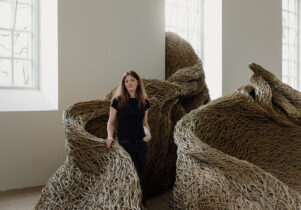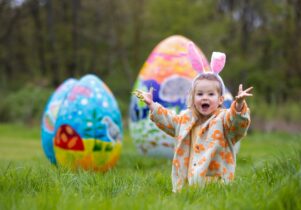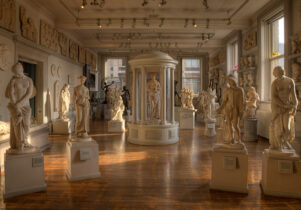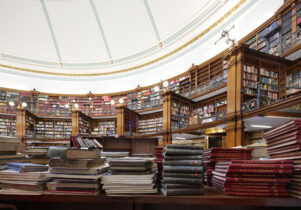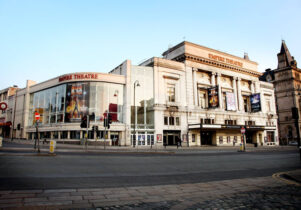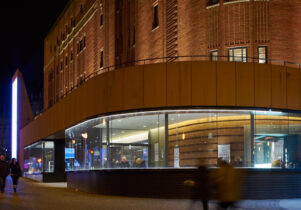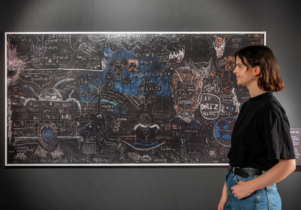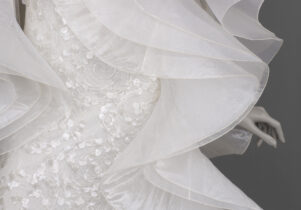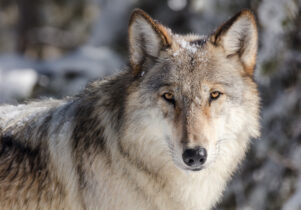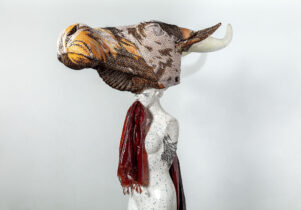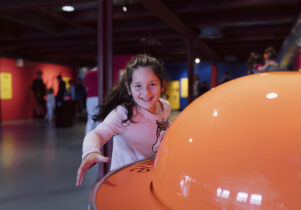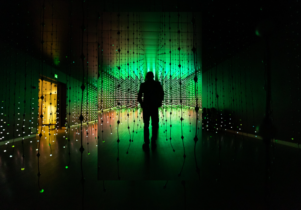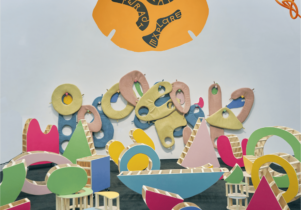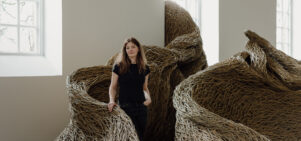Bees: A Story of Survival at World Museum Liverpool
Maja Lorkowska, Exhibitions Editor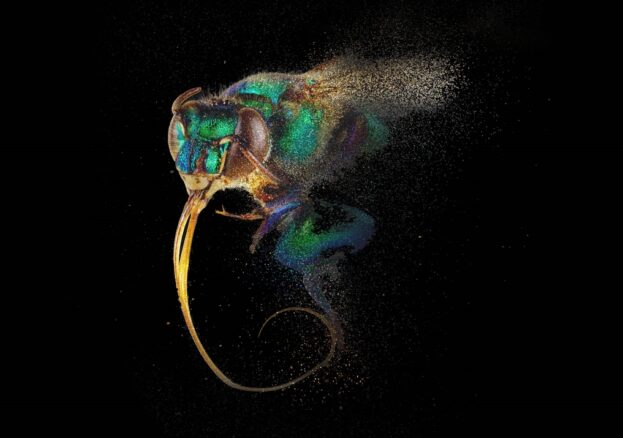
Liverpool’s World Museum takes a closer look at the very foundation of our ecosystems – bees, in a brand new exhibition that harmoniously combines art with science.
The immersive display is the result of a unique partnership between the museum and the artist and sculptor Wolfgang Buttress. This, in turn, was born out of a decade-long collaboration between the artist and professor Martin Bencsik, a specialist in bee communication.
Buttress is perhaps best known for his public sculpture, in particular The Hive (2015) at Kew Gardens. The piece was constructed as an aluminium and LED light hive-like structure, connected to and controlled by an actual beehive in the grounds.
This time the artist has an entire exhibition to once again explore the subject of bees. Visitors will find immersive light and installation work across eight rooms and the journey engages all senses: viewers will follow a trail from trees to wildflower meadows using sounds, images and even smell. You will also be able to experience the way that bees communicate, which is through vibration as part of one of the installations.
Perhaps the most poignant yet unescapable aspect of Bees: a Story of Survival is drawing our attention to the destructive impact that human activity is having on bee populations across the world. As Buttress regularly says: “Bees can be seen as sentinels of the earth. They have been around for over 120 million years and are exquisitely tuned to the environment. Their health and wellbeing mirror the health of the Earth and they are dying in unprecedented numbers.”
The exhibition was created using locally sourced, organic materials (which contributes to the smell aspect) and thanks to the collaboration with professor Bencisik, the scientific elements of each piece were checked and assessed for accuracy. It’s further enhanced by the Museum’s vast natural history collection of bee specimens.
Bees: A Story of Survival is both a fantastically sensory experience as well as an educational one. You’re sure to leave with a greater understanding of what we can do to protect bees as well as with wonder and appreciation for their complexity and importance to the future of our species. The show is perfect for families too, with all exhibits being accessible and thoroughly enjoyable for younger visitors.
